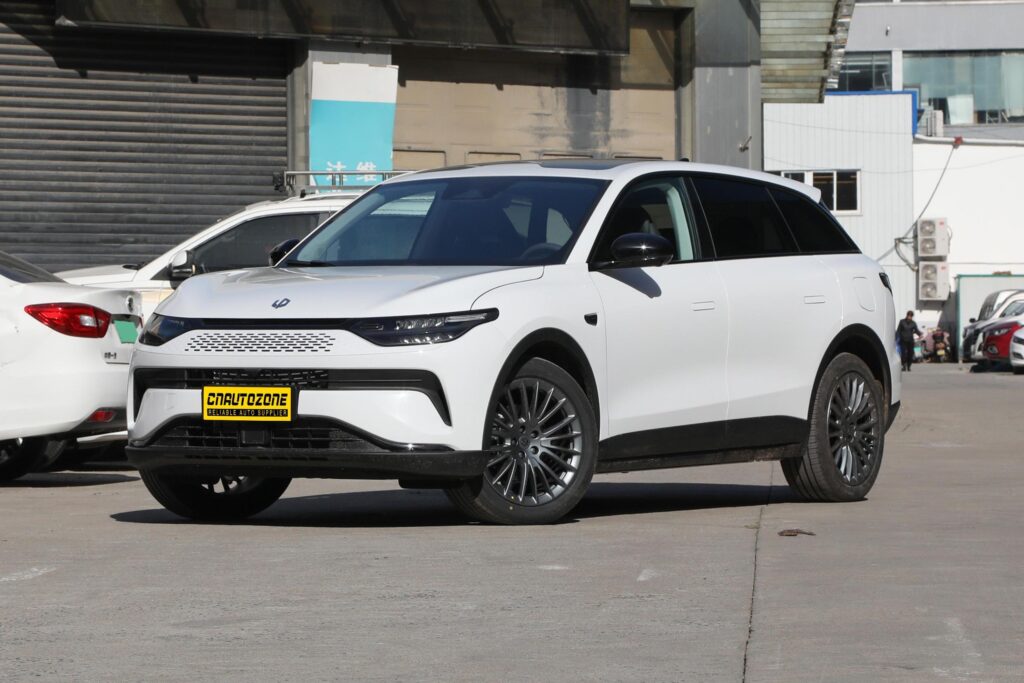As electric vehicles (EVs) continue to gain traction in the automotive market, the associated infrastructure for charging is becoming increasingly vital. One of the most prominent charging standards is the Combined Charging System (CCS). In this post, we will explore what CCS charging is, how it works, its components, and its implications for the future of electric mobility.

What is CCS Charging?
CCS stands for Combined Charging System, which is a universal charging standard developed to provide a consistent charging interface for electric vehicles across manufacturers. Designed to empower both AC (Alternating Current) and DC (Direct Current) charging, the CCS enables a single connector to support a variety of charging scenarios, streamlining the infrastructure that supports electric vehicle adoption.
The essence of CCS lies in its ability to provide fast, efficient, and flexible charging solutions. It has rapidly become the preferred method for publicly available charging stations worldwide, as it offers compatibility with various electric vehicle manufacturers and models.
The Architecture of CCS
CCS charging systems are structured around two main components: the vehicle connector and the supporting charging station.
- Vehicle Connector: The CCS connector features two additional power pins in addition to the standard Type 2 connector used in AC charging. This enables high-voltage DC fast charging. The design allows for seamless transition between AC and DC charging, meaning drivers can utilize both types of stations without needing multiple connectors.
- Charging Station: CCS charging stations are often equipped with both AC and DC charging capabilities. Many public charging stations in urban areas feature DC fast charging options that allow batteries to charge significantly quicker than traditional AC systems. This capability is crucial for reducing the downtime associated with charging and enhancing the overall user experience.
How CCS Charging Works
CCS charging operates by communicating with the vehicle’s battery management system to determine the optimal charging parameters. When a vehicle is connected to a CCS station, the system negotiates the charging speed based on the battery’s current state of charge, temperature, and capacity.
- AC Charging: Initially, when connected to an AC source, the vehicle utilizes the Type 2 connector to draw power. This is generally slower, ranging between 3.7 kW to 22 kW, depending on the station’s capabilities and the vehicle’s onboard charger.
- DC Charging: The real advantage of CCS becomes evident with DC fast charging, where high voltage (up to 800 volts) is fed directly to the vehicle’s battery. With rates from 50 kW to an impressive 350 kW in some stations, this facilitates rapid charging – enough to provide substantial range in just a matter of minutes.
Advantages of CCS Charging
One of the primary attractions of CCS charging is its efficiency and rapid charging capabilities. Beyond speed, several advantages contribute to its growing prominence in the EV market:
- Widespread Adoption: Numerous automakers such as BMW, Ford, Volkswagen, and GM have adopted CCS, creating a universal ecosystem that is beneficial for consumers. This standardization simplifies infrastructure development, making it less challenging to find compatible charging options.
- Scalability: As demand for electric vehicles increases, CCS can easily be scaled up. Newer stations can readily accommodate future advancements in battery technologies and charging speeds, ensuring that the infrastructure remains viable for years to come.
- Enhanced User Experience: CCS allows for a quicker turnaround time at charging stations, making it more convenient for users. The experience mimics refueling an internal combustion engine vehicle, thus reducing range anxiety and enhancing overall user adoption of electric vehicles.
Challenges and Considerations
While CCS charging presents numerous advantages, it also faces potential challenges:
- Infrastructure Development: The deployment of CCS charging stations requires substantial investment in infrastructure, particularly in rural and underserved regions. This results in uneven distribution of charging stations, which can compound issues related to range anxiety.
- Competition with Other Standards: CCS competes with other charging standards like the CHAdeMO and Tesla’s proprietary charging networks. While CCS is gaining traction, the presence of alternative systems can create confusion and fragmentation in the marketplace.
- Energy Source: The environmental benefits of EVs are contingent on the energy source used to charge them. If stations principally draw energy from fossil fuels, the advantages of using electric vehicles become less significant. This necessitates a drive for renewable energy integration into charging infrastructure.
The Future of CCS Charging
The future of CCS charging appears bright, as EV adoption continues to soar and infrastructure develops. The continued collaboration among stakeholders, including automakers, governments, and utility companies, is crucial to ensure that charging solutions evolve alongside advancements in EV technology.
As battery technologies advance with innovations such as solid-state batteries, the CCS framework can evolve to accommodate higher charging speeds, safeguarding its relevance in the electric mobility landscape. Moreover, the ongoing shift toward sustainable energy sources will further bolster the usability and environmental advantages of CCS charging.
Conclusion
CCS charging is more than just a technical standard; it represents a critical component in the transition to sustainable transportation. With its capability to facilitate high-speed, efficient, and flexible charging solutions, CCS is poised to play an instrumental role in the growth of electric vehicles and the wider acceptance of green energy practices. As we look towards the future, the development of a robust CCS infrastructure will be key to making electric mobility an accessible and attractive alternative for consumers around the globe. cnautozone car expert

